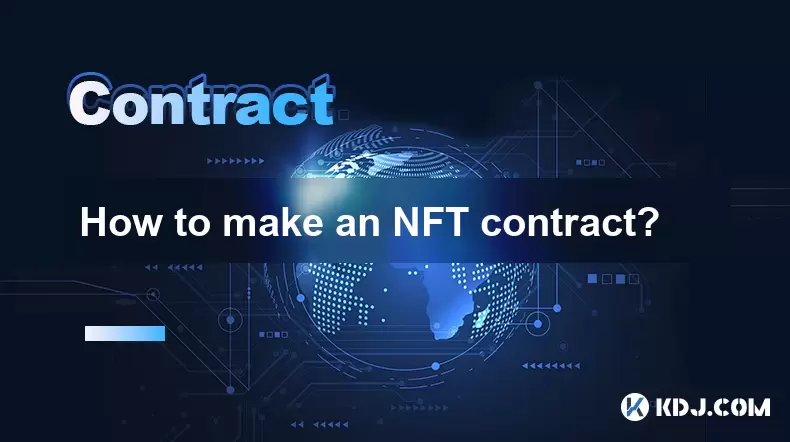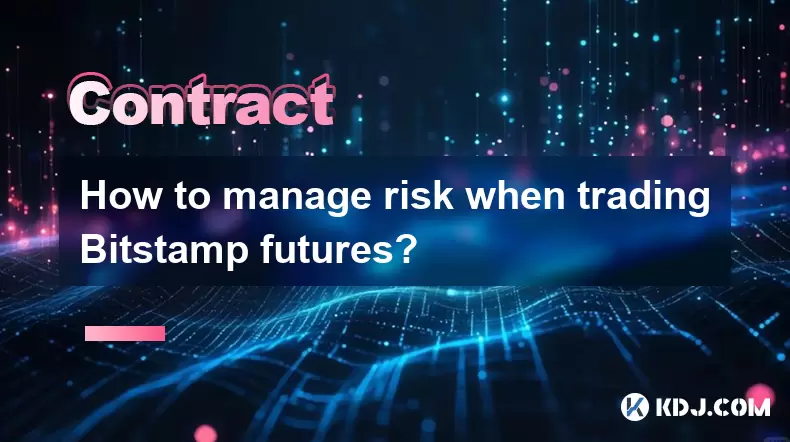-
 Bitcoin
Bitcoin $119000
0.17% -
 Ethereum
Ethereum $3664
-2.12% -
 XRP
XRP $3.229
-7.77% -
 Tether USDt
Tether USDt $1.001
0.02% -
 BNB
BNB $783.2
-1.48% -
 Solana
Solana $191.3
-5.26% -
 USDC
USDC $1.000
0.03% -
 Dogecoin
Dogecoin $0.2450
-7.74% -
 TRON
TRON $0.3115
-1.61% -
 Cardano
Cardano $0.8229
-6.80% -
 Hyperliquid
Hyperliquid $44.17
-2.93% -
 Stellar
Stellar $0.4343
-7.23% -
 Sui
Sui $3.792
-4.09% -
 Chainlink
Chainlink $18.38
-5.73% -
 Hedera
Hedera $0.2491
-7.79% -
 Bitcoin Cash
Bitcoin Cash $518.1
-1.51% -
 Avalanche
Avalanche $24.13
-5.84% -
 Litecoin
Litecoin $113.9
-5.41% -
 UNUS SED LEO
UNUS SED LEO $8.974
-0.21% -
 Shiba Inu
Shiba Inu $0.00001400
-7.98% -
 Toncoin
Toncoin $3.215
-2.09% -
 Ethena USDe
Ethena USDe $1.001
0.03% -
 Polkadot
Polkadot $4.178
-6.84% -
 Uniswap
Uniswap $10.38
-3.05% -
 Monero
Monero $317.8
-1.85% -
 Bitget Token
Bitget Token $4.733
-1.94% -
 Pepe
Pepe $0.00001293
-8.20% -
 Dai
Dai $1.000
0.02% -
 Aave
Aave $292.8
-4.74% -
 Bittensor
Bittensor $430.1
-3.67%
How to make an NFT contract?
An NFT contract is a smart contract on the blockchain that manages the creation, ownership, and transfer of unique digital assets, typically built using standards like ERC-721 or ERC-1155.
Jul 22, 2025 at 04:56 am

What Is an NFT Contract?
An NFT contract refers to a smart contract deployed on a blockchain that governs the creation, ownership, and transfer of non-fungible tokens (NFTs). These contracts are typically written in Solidity, the programming language used for Ethereum-based smart contracts. The most common standard for NFTs is ERC-721, although ERC-1155 is also widely used for semi-fungible tokens.
Understanding the structure of an NFT contract is crucial before diving into its development. It includes functions for minting tokens, transferring ownership, querying token metadata, and ensuring compliance with established standards.
Prerequisites for Writing an NFT Contract
Before writing your own NFT contract, ensure you have the following tools and knowledge:
- Basic understanding of blockchain and smart contracts
- Proficiency in Solidity programming language
- Access to an Integrated Development Environment (IDE) like Remix
- Testnet ETH for deployment and testing
- Knowledge of ERC-721 or ERC-1155 standards
It is also important to have a wallet address (like MetaMask) to interact with the Ethereum network and deploy contracts.
Setting Up the Development Environment
To begin writing your NFT contract, you need to set up a development environment. Here’s how:
- Install MetaMask and connect it to a testnet like Rinkeby or Goerli
- Visit Remix IDE (https://remix.ethereum.org/) and create a new file
- Select the appropriate Solidity compiler version (e.g., 0.8.0 or higher)
- Import the OpenZeppelin ERC-721 contract to simplify development
Using OpenZeppelin’s libraries is highly recommended as they provide secure, audited implementations of common standards, reducing the risk of vulnerabilities.
Writing the NFT Contract Code
Start by importing the ERC721Enumerable contract from OpenZeppelin:
pragma solidity ^0.8.0;import "@openzeppelin/contracts/token/ERC721/extensions/ERC721Enumerable.sol";
import "@openzeppelin/contracts/access/Ownable.sol";
contract MyNFT is ERC721Enumerable, Ownable {
constructor() ERC721("MyNFT", "MNFT") {}
function mint(address to, uint256 tokenId) public onlyOwner {
_mint(to, tokenId);
}
}
This code defines a basic NFT contract with a mint function that allows the owner to create new tokens. The ERC721Enumerable extension allows for easy tracking of all tokens in the collection. The Ownable contract ensures that only the deployer can mint new tokens.
Make sure to replace the name and symbol with your desired values. Also, consider adding metadata support by implementing the tokenURI function, which links to IPFS or another decentralized storage solution.
Deploying the NFT Contract
Once the contract is written, it’s time to deploy it to the blockchain:
- In Remix, switch to the Deploy & Run Transactions tab
- Select the environment as Injected Web3 to connect MetaMask
- Choose your contract from the dropdown and click Deploy
- Confirm the transaction in MetaMask
After deployment, you’ll receive a contract address. This address is essential for interacting with your NFTs via wallets or marketplaces like OpenSea.
Make sure to test the contract on a testnet before deploying it to the mainnet to avoid unnecessary costs and errors.
Interacting with the NFT Contract
After deployment, you can interact with your NFT contract using tools like:
- MetaMask – for sending transactions and checking balances
- Etherscan – to verify contract code and view transaction history
- OpenSea – to list your NFTs for sale
To mint a token:
- Call the mint function from the contract’s Write Contract tab
- Enter the recipient address and a unique token ID
- Confirm the transaction in MetaMask
Once minted, the token will appear in the recipient’s wallet, and its metadata will be displayed if properly configured.
Frequently Asked Questions (FAQ)
1. Can I modify an NFT contract after deployment?
No, smart contracts are immutable once deployed. Any changes require redeploying the contract with the updated code.
2. What is the difference between ERC-721 and ERC-1155?
ERC-721 represents unique, non-fungible tokens, while ERC-1155 supports both fungible and non-fungible tokens within the same contract.
3. How much does it cost to deploy an NFT contract?
Gas fees vary depending on network congestion and contract complexity. On Ethereum, deployment can cost anywhere from $50 to $500+ during peak times.
4. Do I need to pay royalties every time my NFT is resold?
Yes, you can include royalty logic in your contract to receive a percentage of secondary sales, but this requires additional implementation beyond the basic ERC-721 standard.
Disclaimer:info@kdj.com
The information provided is not trading advice. kdj.com does not assume any responsibility for any investments made based on the information provided in this article. Cryptocurrencies are highly volatile and it is highly recommended that you invest with caution after thorough research!
If you believe that the content used on this website infringes your copyright, please contact us immediately (info@kdj.com) and we will delete it promptly.
- Rare Coins Alert: Could That £1 Coin Be Worth Over £500?
- 2025-07-24 14:30:12
- DOGE's Zero-Knowledge Leap: A Comeback Catalyst?
- 2025-07-24 14:30:12
- XRP, Solana, and Institutional Adoption: A New Era for Crypto?
- 2025-07-24 11:10:12
- Dogecoin, Remittix, and Crypto Protocols: The Evolution of Digital Finance
- 2025-07-24 10:50:12
- BlockDAG, Hedera, and Stellar: Charting the Course for Crypto's Future
- 2025-07-24 10:50:12
- BlockDAG's No-Vesting Edge: Can It Outpace Cardano's Price?
- 2025-07-24 11:10:12
Related knowledge

Why is my Bitstamp futures position being liquidated?
Jul 23,2025 at 11:08am
Understanding Futures Liquidation on BitstampFutures trading on Bitstamp involves borrowing funds to open leveraged positions, which amplifies both po...

Does Bitstamp offer inverse contracts?
Jul 23,2025 at 01:28pm
Understanding Inverse Contracts in Cryptocurrency TradingIn the realm of cryptocurrency derivatives, inverse contracts are a specific type of futures ...

How to find your Bitstamp futures trade history?
Jul 23,2025 at 08:07am
Understanding Bitstamp and Futures Trading AvailabilityAs of the current state of Bitstamp’s service offerings, it is critical to clarify that Bitstam...

Can I use a trailing stop on Bitstamp futures?
Jul 23,2025 at 01:42pm
Understanding Trailing Stops in Cryptocurrency TradingA trailing stop is a dynamic type of stop-loss order that adjusts automatically as the price of ...

What are the trading hours for Bitstamp contracts?
Jul 24,2025 at 11:56am
Understanding Bitstamp and Contract Trading AvailabilityBitstamp is one of the longest-standing cryptocurrency exchanges, established in 2011 and head...

How to manage risk when trading Bitstamp futures?
Jul 24,2025 at 12:29pm
Understanding Bitstamp Futures and Their Risk ProfileTrading Bitstamp futures involves entering into contracts to buy or sell a specified amount of cr...

Why is my Bitstamp futures position being liquidated?
Jul 23,2025 at 11:08am
Understanding Futures Liquidation on BitstampFutures trading on Bitstamp involves borrowing funds to open leveraged positions, which amplifies both po...

Does Bitstamp offer inverse contracts?
Jul 23,2025 at 01:28pm
Understanding Inverse Contracts in Cryptocurrency TradingIn the realm of cryptocurrency derivatives, inverse contracts are a specific type of futures ...

How to find your Bitstamp futures trade history?
Jul 23,2025 at 08:07am
Understanding Bitstamp and Futures Trading AvailabilityAs of the current state of Bitstamp’s service offerings, it is critical to clarify that Bitstam...

Can I use a trailing stop on Bitstamp futures?
Jul 23,2025 at 01:42pm
Understanding Trailing Stops in Cryptocurrency TradingA trailing stop is a dynamic type of stop-loss order that adjusts automatically as the price of ...

What are the trading hours for Bitstamp contracts?
Jul 24,2025 at 11:56am
Understanding Bitstamp and Contract Trading AvailabilityBitstamp is one of the longest-standing cryptocurrency exchanges, established in 2011 and head...

How to manage risk when trading Bitstamp futures?
Jul 24,2025 at 12:29pm
Understanding Bitstamp Futures and Their Risk ProfileTrading Bitstamp futures involves entering into contracts to buy or sell a specified amount of cr...
See all articles

























































































